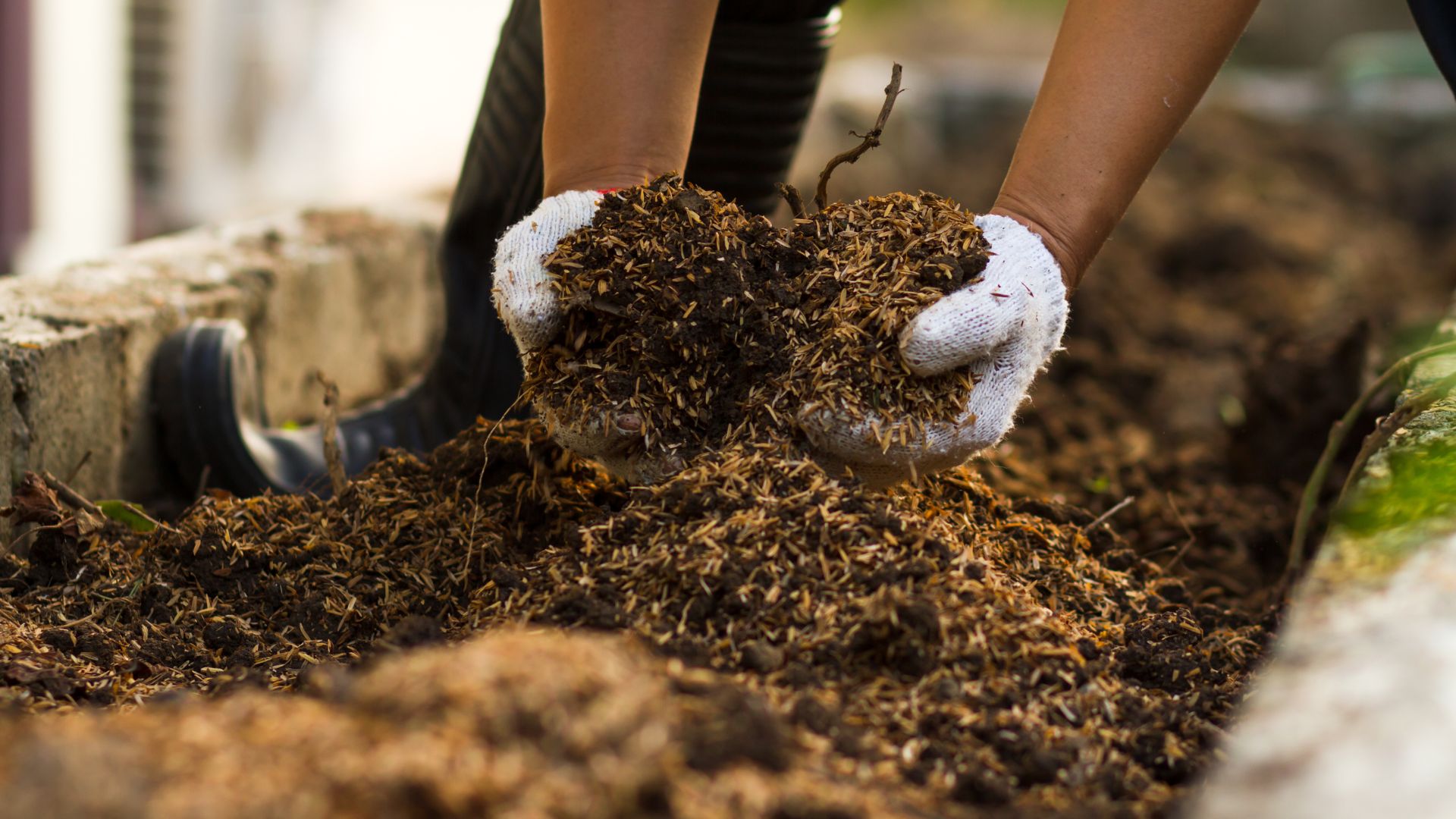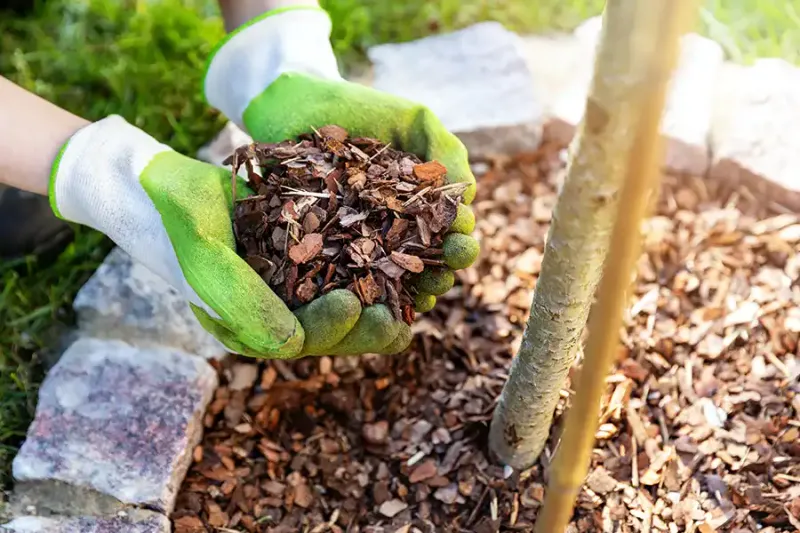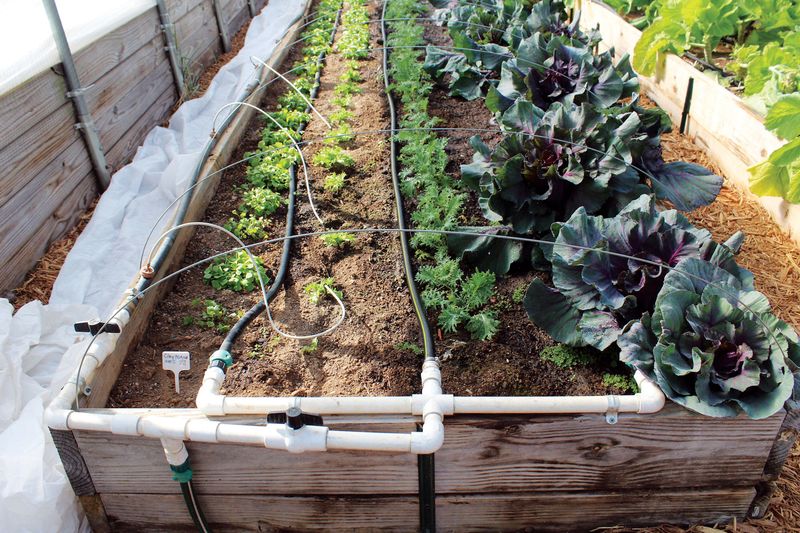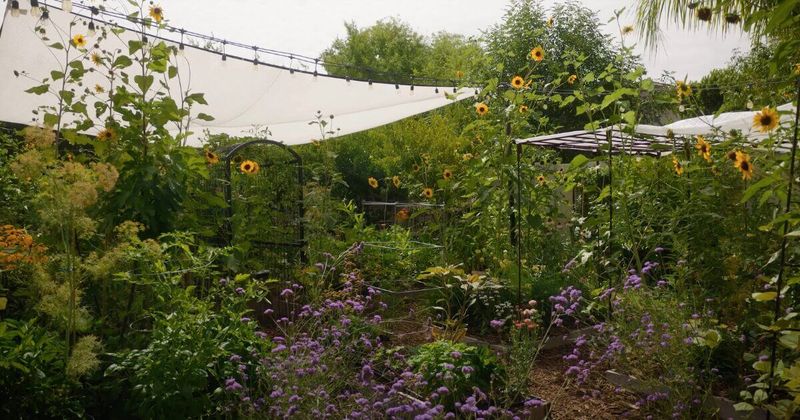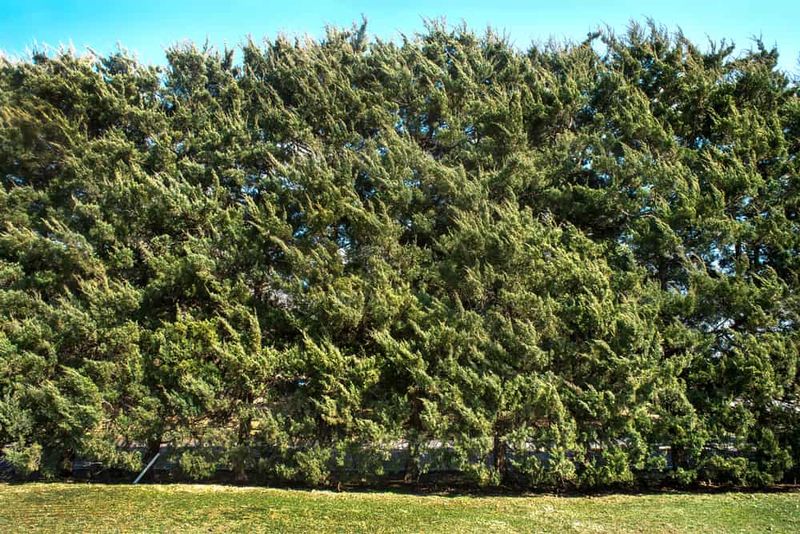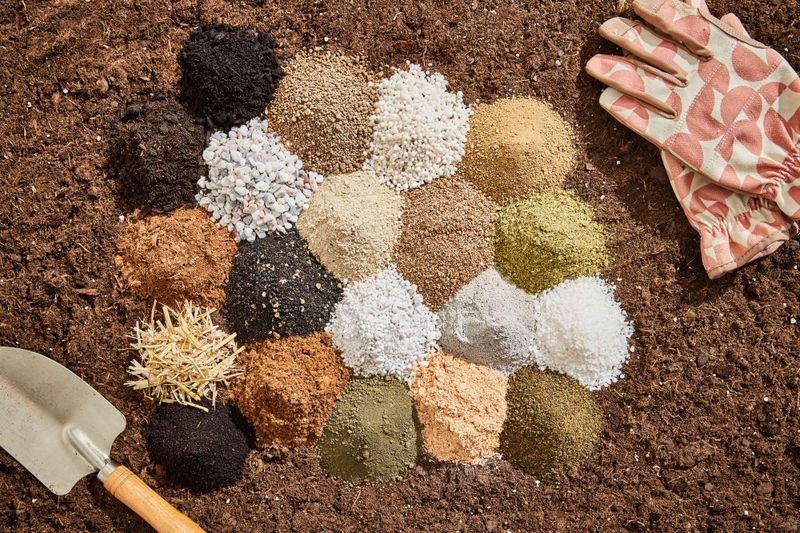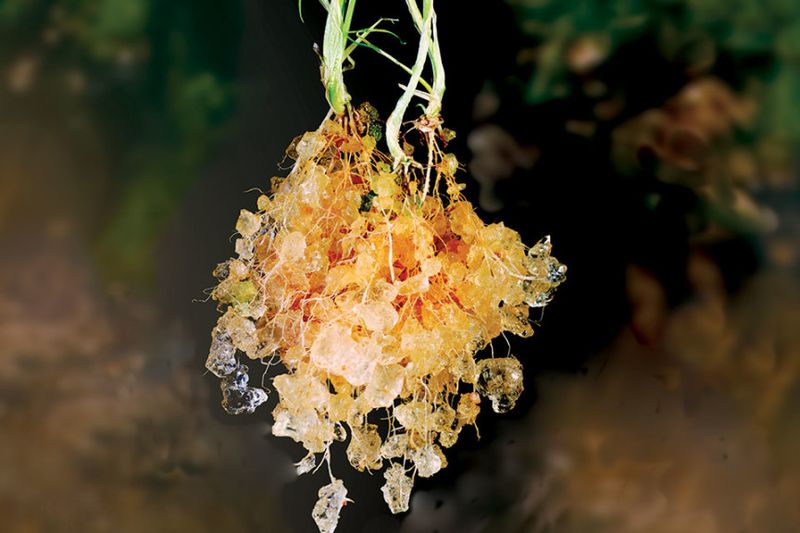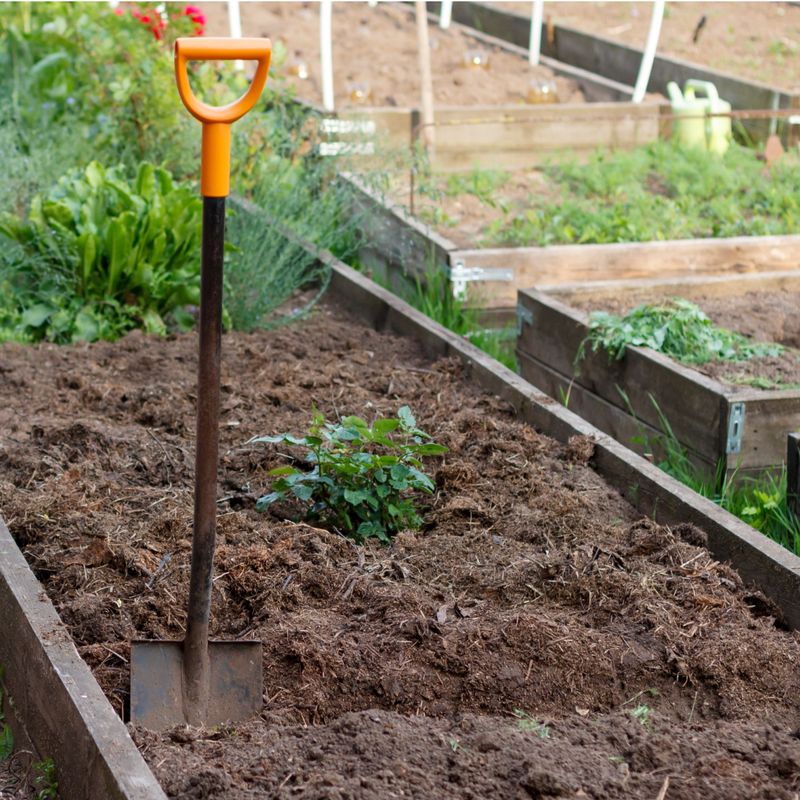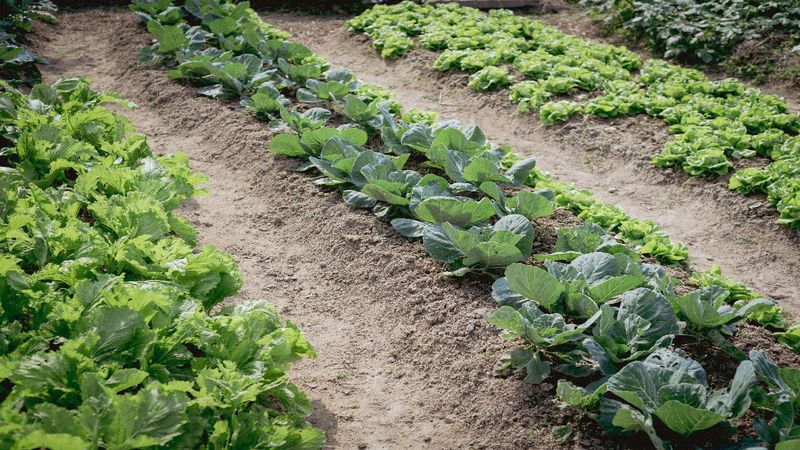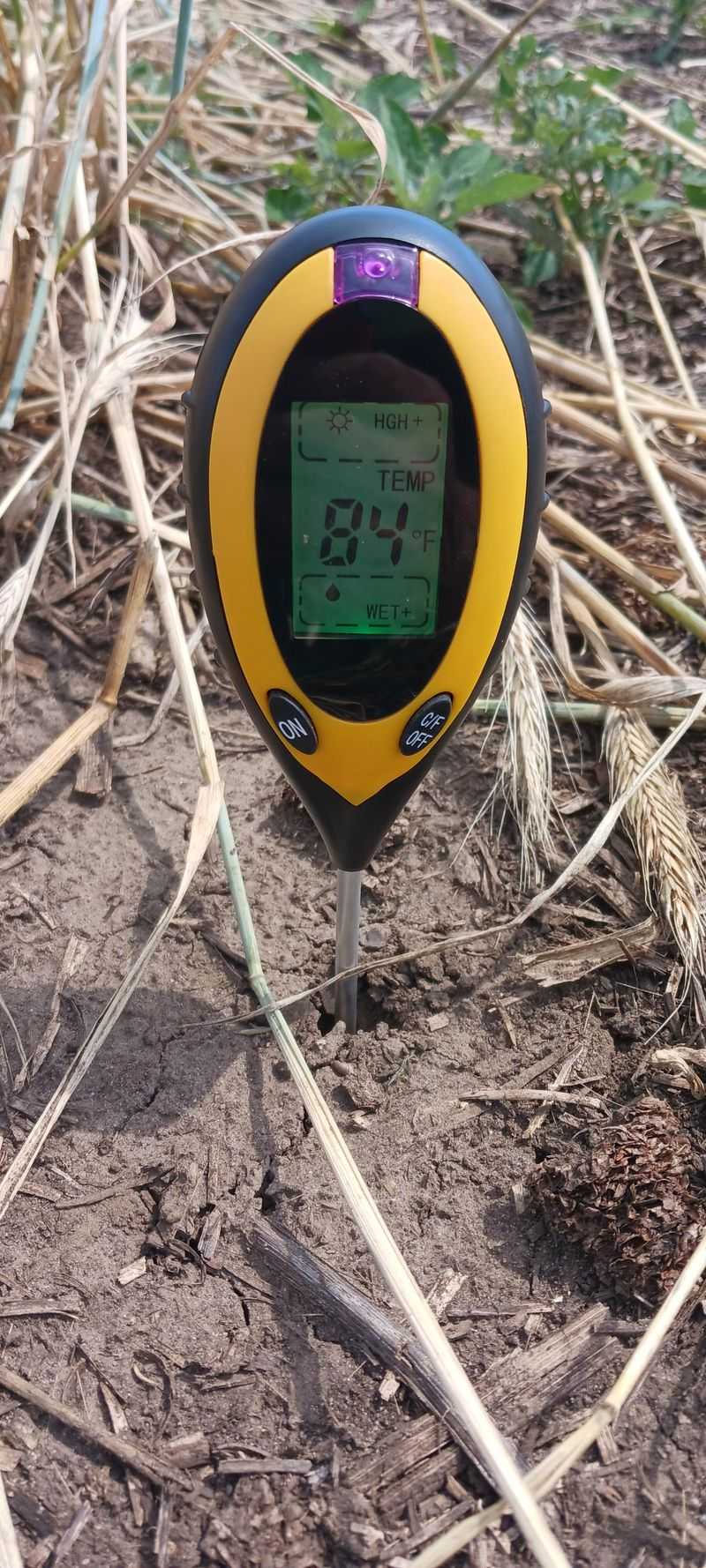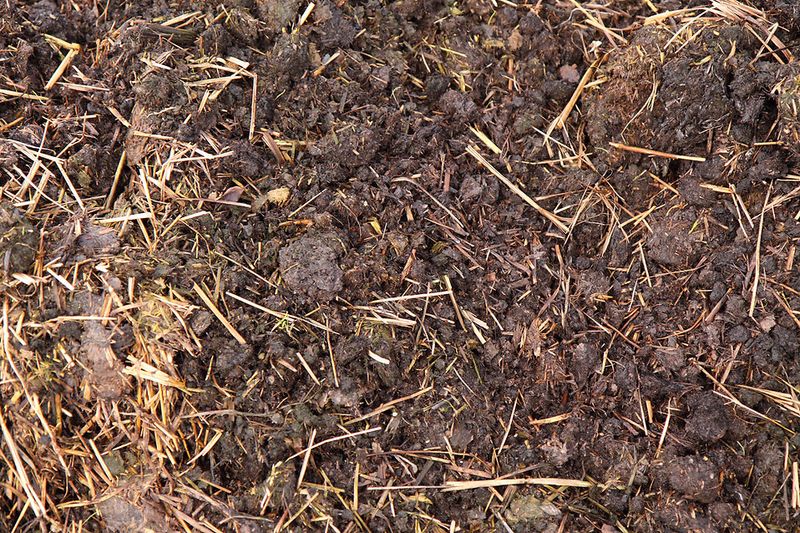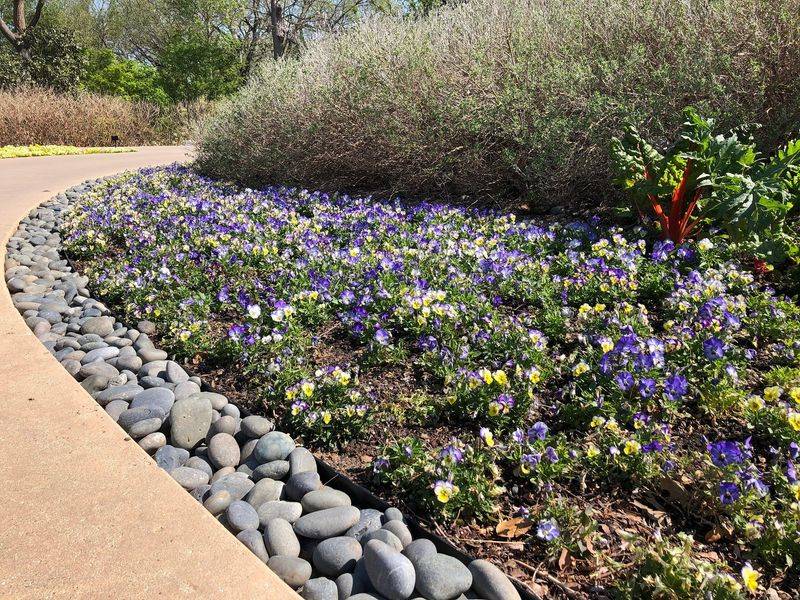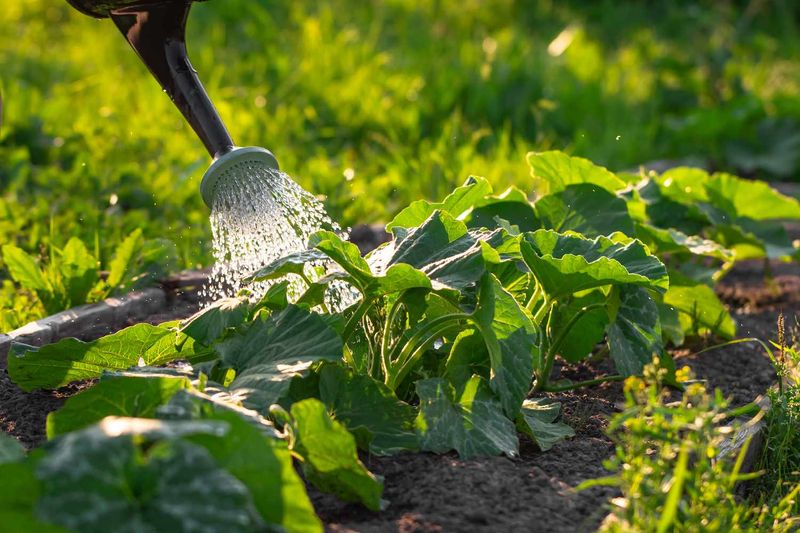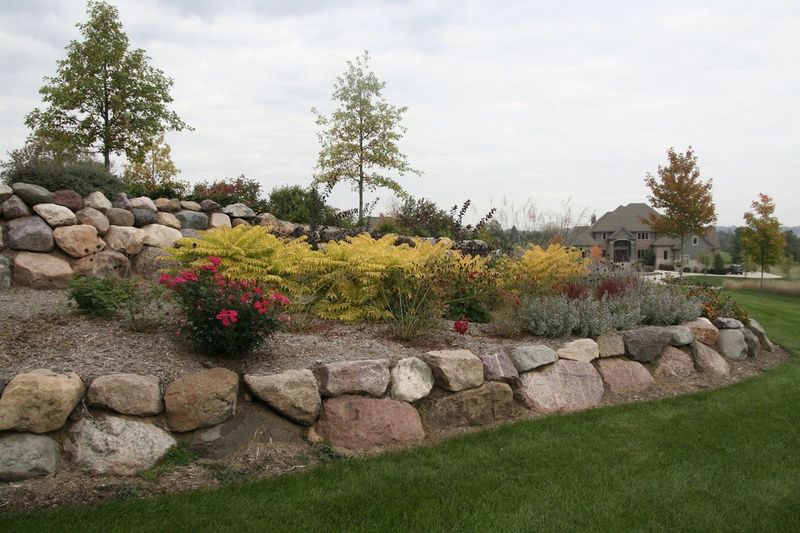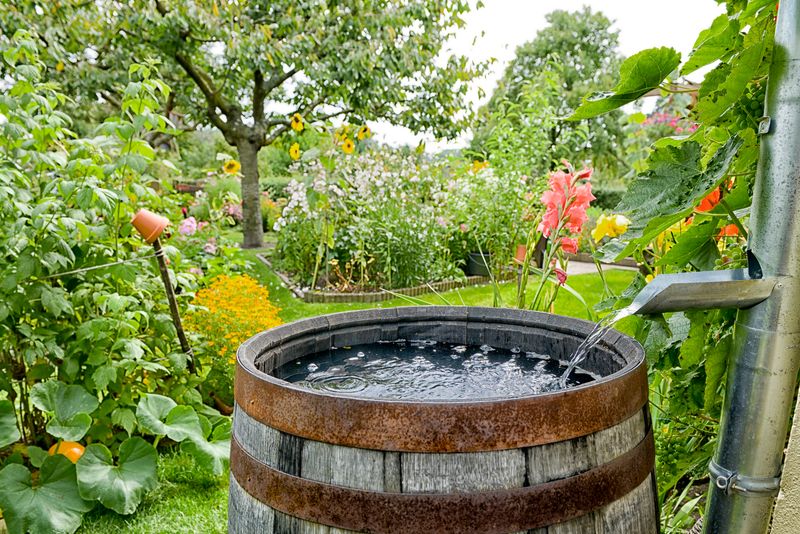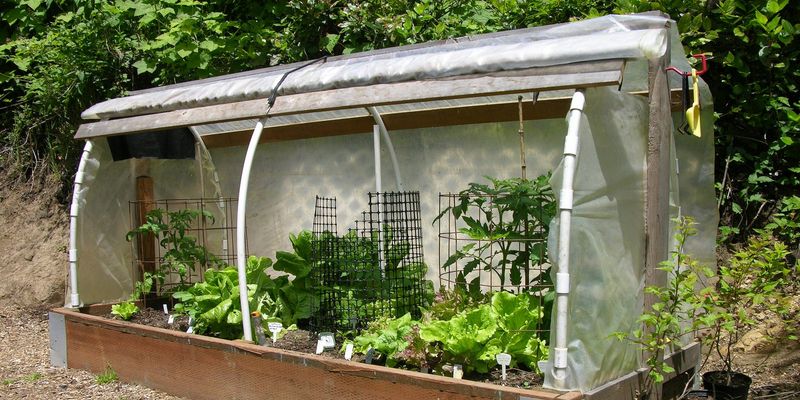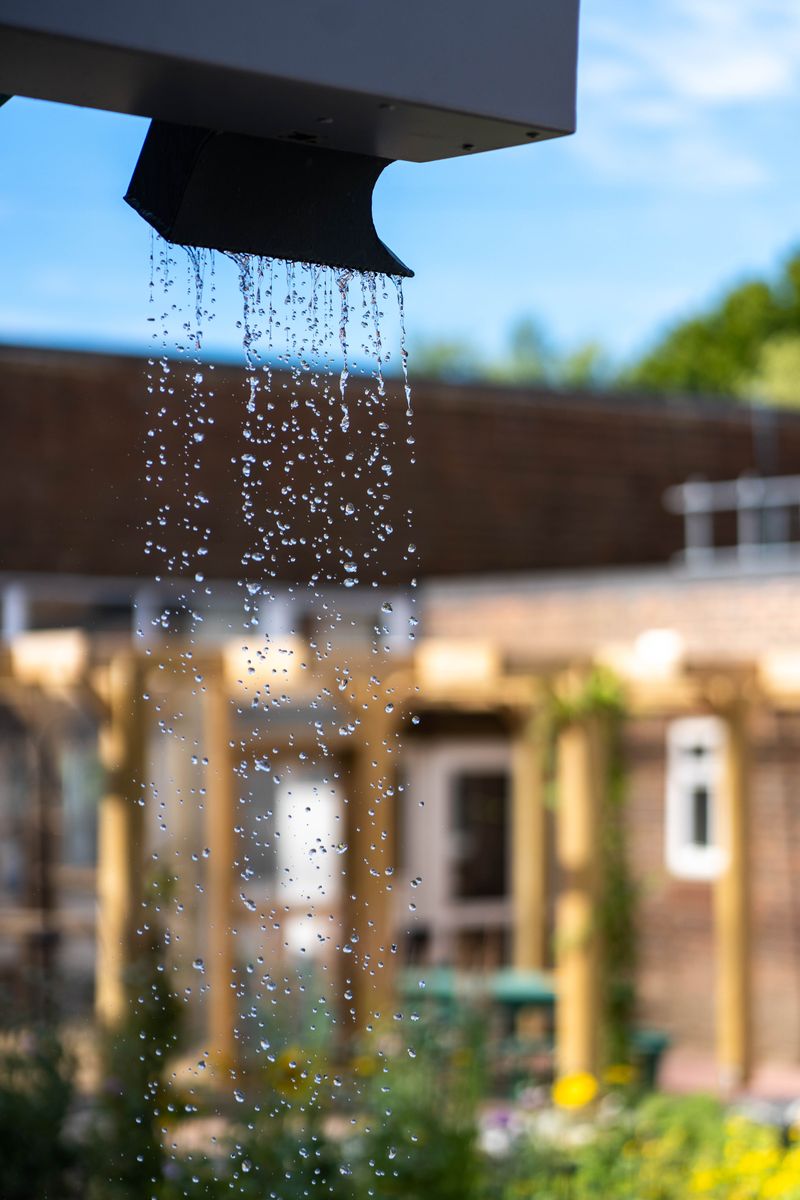If you’ve ever found yourself watering your garden constantly, only to see the soil dry out again in no time, you’re not alone. Keeping soil moist—especially in hot or windy conditions—can feel like a never-ending task.
But the good news? With a few smart tweaks and habits, you can help your soil hold onto water longer and make life a lot easier for you and your plants.
I’ve gathered 19 tips to help you lock in that precious moisture. These ideas are all about working with nature, not against it. Let’s take a look at how you can keep your garden happy and hydrated—without constantly reaching for the hose.
1. Mulching
One of the most effective ways to retain soil moisture is by using mulch. Mulch acts as a protective barrier, reducing evaporation and keeping the soil cool. Organic mulches, like straw or wood chips, gradually decompose, adding nutrients and improving soil structure.
In contrast, inorganic mulches, like stones, can reflect sunlight, preserving moisture. Applying a 2-3 inch layer around your plants can make a noticeable difference, especially during hot summer months.
Whether you’re using organic or inorganic materials, mulch can be tailored to suit the aesthetic and functional needs of your garden.
2. Drip Irrigation
A well-designed drip irrigation system can be a game-changer for maintaining soil moisture. It delivers water directly to the root zone, minimizing evaporation and runoff.
This method is highly efficient, especially in areas prone to drought. You can adjust the system to suit different plant needs, ensuring each type receives adequate water.
Installing a timer further automates the process, making sure your garden stays hydrated even when you’re not around. Whether for raised beds or container gardens, drip irrigation provides a controlled, sustainable solution for consistent moisture.
3. Shade Cloth
During peak summer heat, providing shade can significantly reduce soil evaporation. Shade cloths are an excellent tool for this purpose. They are available in various densities, allowing you to choose the right amount of light filtration.
By reducing direct sunlight, shade cloths help maintain a cooler soil temperature. This can be particularly beneficial for delicate plants that are susceptible to heat stress.
Installing a simple frame to hold the cloth over your plants provides adaptable protection, catering to different garden designs and plant types.
4. Windbreaks
Wind can quickly dry out soil, especially in exposed areas. Creating windbreaks with tall plants, hedges, or fences can mitigate this effect.
These structures slow down wind speed, reducing moisture loss through evaporation. Besides, windbreaks can also offer additional benefits like habitat for beneficial insects or wildlife.
Whether you’re using natural or artificial barriers, positioning them correctly can enhance the microclimate of your garden. This approach is especially useful in windy regions, where it can have a profound impact on overall garden health.
5. Soil Amendments
Improving your soil’s water retention starts with the right amendments. Incorporating organic matter like compost or peat moss increases soil’s ability to retain moisture.
These materials enhance soil structure, allowing for better water infiltration and retention. In sandy soils, amendments can significantly boost water-holding capacity, while clay soils benefit from improved aeration.
Tailoring the amendments to your specific soil type ensures optimal results. Regular testing and adjustment can lead to healthier plants and reduced need for frequent watering, making your garden more sustainable.
6. Hydrogels
Hydrogels are innovative solutions for enhancing soil moisture retention. These water-absorbing polymers swell when wet, releasing moisture gradually to plant roots. Ideal for pots or window boxes, they help maintain consistent hydration levels.
By mixing hydrogels into the soil, you can reduce the frequency of watering, crucial for busy gardeners. Their effectiveness varies with soil type and climate, so it’s vital to experiment with quantities.
While not a substitute for regular watering, hydrogels can be a valuable addition to your soil management toolkit, especially in dry conditions.
7. Raised Beds
Raised beds offer numerous advantages for controlling soil moisture. They provide excellent drainage, preventing waterlogging while retaining enough moisture for plant growth. The ability to create custom soil mixes tailored to specific plant needs is a significant benefit.
In regions prone to heavy rainfall or drought, raised beds give gardeners more control over watering routines. Their elevated structure also facilitates easier access for maintenance and harvesting.
Whether you’re gardening in a small backyard or on a larger scale, raised beds can enhance your garden’s moisture management strategy.
8. Companion Planting
Companion planting leverages the natural relationships between plants to improve soil moisture retention. Certain plant combinations can shade the soil reducing evaporation and creating a more humid microclimate.
For example, tall plants like corn can provide shade for shorter, moisture-sensitive crops. Additionally, plants like clover can act as living mulch, covering the ground and preserving moisture.
Understanding these dynamics allows you to design a garden that naturally conserves water. This approach not only supports moisture retention but also enhances biodiversity and pest control.
9. Cover Crops
Using cover crops is a traditional technique with modern appeal for protecting soil from drying. These crops act like a living mulch, covering the soil and reducing evaporation.
Popular choices like clover or rye also improve soil fertility as they decompose. Cover crops can be planted in off-seasons, ensuring the soil remains protected year-round.
They are particularly useful in larger gardens or farms, enabling sustainable practices that enhance soil health. Choosing the right cover crop depends on your climate and soil needs, ensuring optimal moisture retention.
10. Organic Matter Addition
Adding organic matter to your soil is a time-tested method for enhancing water retention. Compost, well-rotted manure, or leaf mold improve soil structure, increasing its ability to hold moisture. These materials also introduce beneficial microorganisms that enhance soil health.
Regular applications can transform even the driest soils into fertile, moisture-retaining beds. For container gardens, organic matter is crucial for maintaining hydration without frequent watering.
By integrating organic matter, you’re investing in the long-term sustainability of your garden, reducing water needs and promoting healthy plant growth.
11. Rock Borders
Creating rock borders around garden beds is a visually appealing method to help retain soil moisture. Rocks act as natural barriers, slowing down water runoff and minimizing erosion.
They also absorb solar heat, releasing it slowly and moderating soil temperature fluctuations. This can be particularly beneficial in gardens located on slopes or in areas prone to heavy rains.
By strategically placing rocks, you can enhance the natural beauty of your garden while supporting moisture retention. This technique complements other methods like mulching for a holistic approach to soil health.
12. Watering Schedule
Establishing a strategic watering schedule is vital for preventing soil from drying out. Watering in the early morning or late evening reduces evaporation, allowing plants to absorb moisture more effectively.
Consistency is key, as irregular watering can lead to stress and hinder plant growth. Observing weather patterns and soil conditions helps tailor your schedule to the garden’s specific needs.
In hot climates, more frequent but less intense watering might be necessary. By adapting your routine, you ensure plants receive adequate hydration, promoting resilience and reducing overall water usage.
13. Berm Landscaping
Berm landscaping involves creating mounds of soil that improve drainage and moisture retention. These raised areas help direct water flow, preventing erosion and promoting even distribution across your garden.
Berms can be aesthetically shaped to suit your garden design, supporting both function and style. They are especially effective in areas with heavy rainfall, where controlling water movement is crucial.
By incorporating berms, you enhance the garden’s ability to manage moisture naturally, reducing the need for artificial irrigation systems. This technique pairs well with other soil retention methods for comprehensive water management.
14. Rainwater Harvesting
Harvesting rainwater is an eco-friendly way to ensure your garden has a reliable water source. By collecting rainwater in barrels, you can supplement your irrigation system, especially during dry spells.
This practice not only conserves municipal water but also provides plants with naturally soft water, free from chemicals.
Installing gutters and downspouts to direct water into storage containers is a straightforward setup. With a little planning, rainwater can be used strategically to boost soil moisture, enhancing your garden’s resilience and sustainability.
15. Polyethylene Covers
Using polyethylene covers can create a controlled environment for moisture retention in your garden. These covers trap humidity and reduce evaporation, making them particularly effective in arid regions. They are easy to install and can be tailored to fit different garden shapes and sizes.
Polyethylene covers also protect plants from extreme temperatures and pests, offering dual benefits. By maintaining a consistent microclimate, they help your garden thrive with less frequent watering.
This method is ideal for both home gardeners and larger agricultural setups seeking efficient moisture management solutions.
16. Garden Terracing
Terracing is an ancient technique that remains highly effective for managing water on sloped landscapes. By creating level steps, water runoff is minimized, allowing for better moisture absorption.
Each terrace acts as a mini-garden, enhancing water retention and preventing soil erosion. This approach is particularly beneficial in hilly areas, where water conservation is essential.
Terracing can be adapted to fit any garden style, providing both practical and aesthetic benefits. By implementing terracing, you can transform a challenging terrain into a productive, moisture-retaining garden.
17. Soil Moisture Sensors
Technology meets gardening with the use of soil moisture sensors. These devices provide real-time data on soil moisture levels, allowing for precise irrigation. By knowing exactly when and how much to water, you can prevent over-watering and under-watering, optimizing plant health.
Moisture sensors are particularly beneficial in large gardens or for busy gardeners seeking efficient water management. They can be integrated with automated irrigation systems for a seamless experience.
Utilizing soil moisture sensors helps make informed decisions, enhancing your garden’s sustainability and productivity.
18. Aquifer Recharge
Supporting aquifer recharge involves techniques that enhance groundwater replenishment, benefiting both gardens and the environment. By using permeable materials and creating rain gardens, you facilitate natural water infiltration.
This approach reduces runoff, allowing water to seep into the ground and replenish aquifers. It’s an effective strategy for managing excess rainwater in urban gardens.
While it might require some initial planning, the long-term benefits include improved soil moisture levels and reduced reliance on external water sources. This method contributes to a sustainable water cycle, supporting garden health and local ecology.

